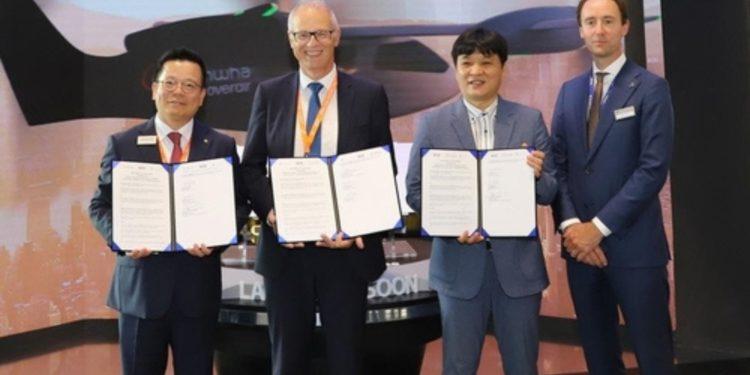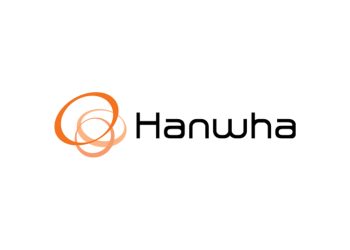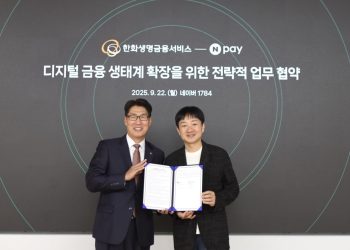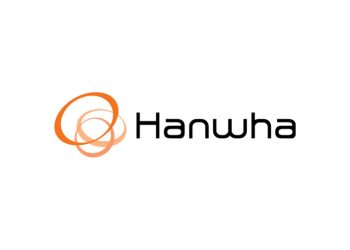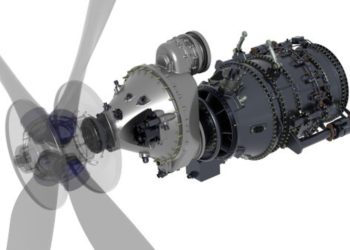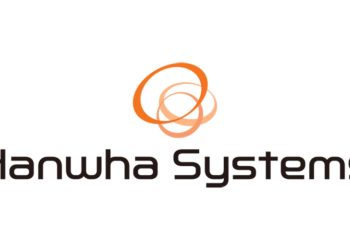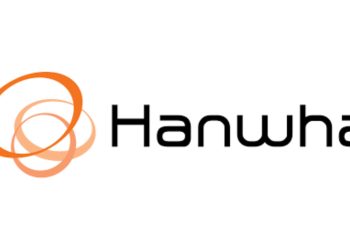Hanwha Systems, a subsidiary of South Korea’s Hanwha Group specializing in defense and information and communication technology (ICT), has partnered with companies from the Netherlands and the United Kingdom to collaborate on urban air mobility (UAM) technology.
In addition, Hanwha Systems and Korea Airports Corp. (KAC) have signed a memorandum of understanding with NLR, the aerospace research institute of the Netherlands, to jointly develop UAM infrastructure and technologies.
The memorandum of understanding between Hanwha Systems, KAC, and their Dutch and British partners was signed during the ongoing Paris Air Show.
The project involves the implementation of a traffic management system called the UATM and the establishment of vertiports, which are landing and takeoff pads for electric air vehicles, according to Hanwha Systems.
Furthermore, Hanwha Systems and Korea Airports Corp. have entered into a preliminary agreement with Urban-Air Port (UAP), a startup specializing in urban air mobility, to explore the integration of Hanwha’s traffic management system into UAP’s vertiports abroad and the establishment of vertiports within South Korea.
UAP specializes in constructing vertiports specifically designed for drones and electric vertical takeoff and landing (eVTOL) aircraft. The company has already completed the construction of Air One, a fully operational urban air mobility (UAM) port located in Coventry, central England, where pilot operations have begun.
Building on its strategic focus in the urban air mobility (UAM) sector, Hanwha Systems is currently making substantial investments. The company aims to finalize the production of its UAM prototype by the end of this year while concurrently developing advanced solutions for UAM navigation and control, as well as a comprehensive traffic management system.
Through this collaboration, Hanwha Systems and KAC aim to advance the UAM ecosystem by leveraging the expertise and resources of their Dutch and British partners.
The partnership will focus on developing crucial technologies and infrastructure necessary for the successful integration of UAM, including efficient air traffic management and dedicated landing facilities for electric air vehicles.

